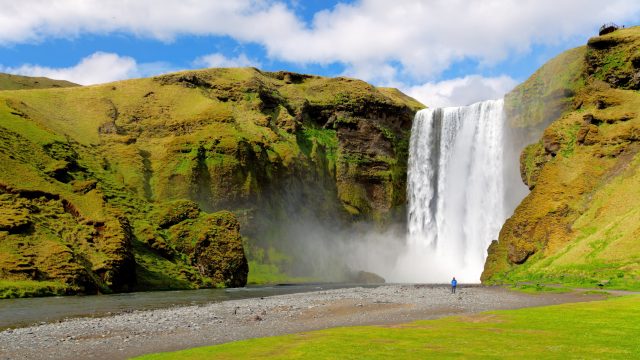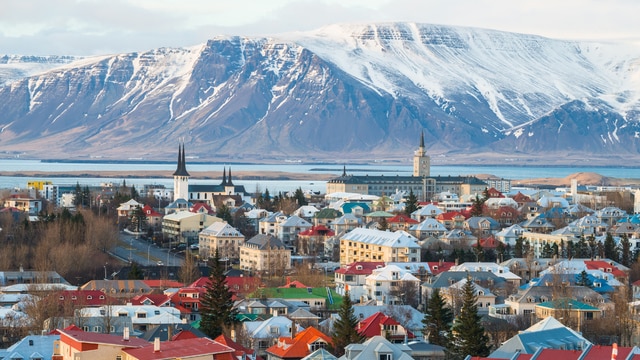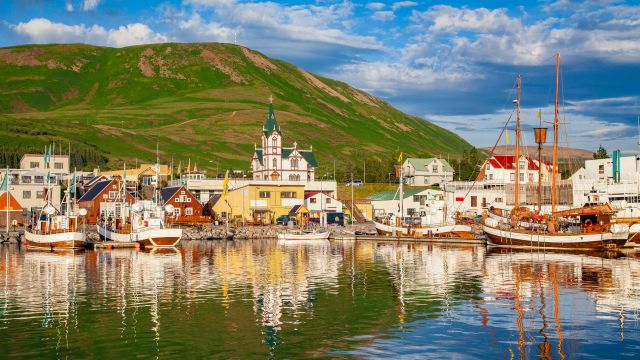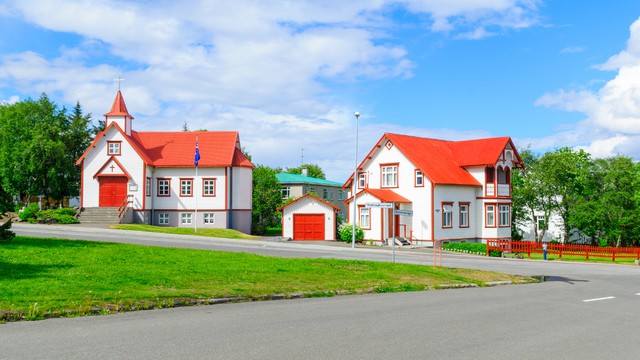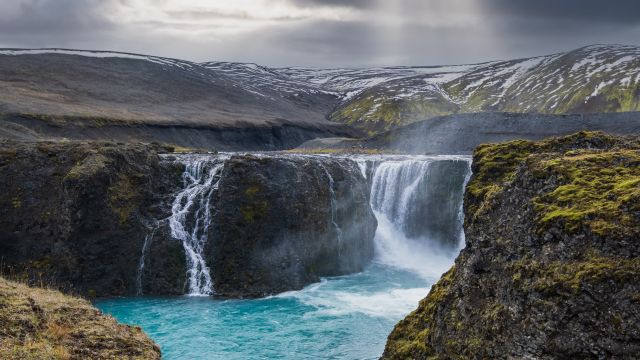Current Weather Conditions
Right now it’s in Iceland and the temperature is around 11°C. There will be 0,5 mm of precipitation until and the wind is coming from the Southeast at a speed of 1 Bft.The water temperature in Iceland is 7°C.
See the 14-day weather forecastToday’s Weather in Iceland
The temperature in Iceland today will be around 15°C. Expected precipitation is 5,4 mm. The wind is blowing from the Southeast with a maximum speed of 4 Bft. The UV index will be a maximum of 6 today. The water temperature is 7°C.




Tomorrow’s Weather in Iceland
Tomorrow the temperature in Iceland will reach 16°C. Expected precipitation is 3,6 mm. The wind is blowing from the East with a maximum speed of 2 Bft. The UV index will be a maximum of 7. The water temperature is 7°C.




The weather in Iceland for the next 10 days
Here’s the weather for the next 10 days in Iceland. The highest temperature will be 17°C and it won’t get colder than 13°C during the day. Check out the daily temperatures, precipitation, wind strength, and UV index for all the days.
The water temperature in Iceland is currently 7°C.










Popular destinations in Iceland
Discover the climate of these popular destinations in Iceland.
Average Weather in Iceland by Month
Click on a month below to see detailed weather info for Iceland. Based on historical weather data, you can see the average temperature, precipitation, wind, and UV index for each day of the month.
